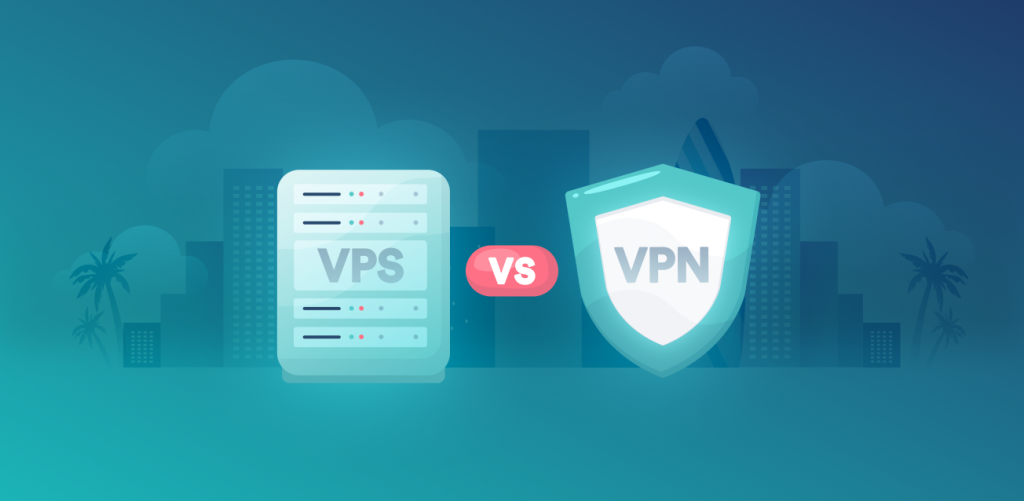Comparing the Top GPU Server Providers
When it comes to GPU servers, there are a number of different providers to choose from. Here's a comparison of some of the top options:
1.
Amazon Web Services (AWS)
- AWS offers a wide
range of GPU instances, including instances powered by Nvidia Tesla V100,
Nvidia T4, and AMD MI instances.
- AWS offers a
pay-as-you-go pricing model, which allows users to pay for the resources
they use on an hourly basis.
- AWS provides a number
of tools and services for managing GPU instances, including Amazon Elastic
Container Service for Kubernetes (EKS), which makes it easy to deploy and
manage containerized applications on GPU instances.
2. Microsoft Azure
- Azure offers GPU instances powered by Nvidia Tesla V100 and Nvidia T4 GPUs.
- Azure's pricing model
is based on virtual machine sizes, with prices varying depending on the
amount of vCPUs and memory required.
- Azure provides a
number of tools for managing GPU instances, including Azure Batch, which
allows users to run large-scale parallel and batch compute jobs on GPU
instances.
3.
Google Cloud Platform (GCP)
- GCP offers GPU
instances powered by Nvidia Tesla V100, Nvidia T4, and Nvidia A100 GPUs.
- GCP's pricing model
is based on a per-second billing model, which allows users to pay for only
the resources they use.
- GCP provides a number
of tools and services for managing GPU instances, including Kubernetes
Engine, which makes it easy to deploy and manage containerized
applications on GPU instances.
4.
IBM Cloud
- IBM Cloud offers GPU
instances powered by Nvidia Tesla V100 GPUs.
- IBM Cloud offers a
range of pricing options, including hourly and monthly billing, as well as
a "reserved instance" option for users who want to commit to
using instances for a certain period of time.
- IBM Cloud provides a
number of tools for managing GPU instances, including IBM Cloud Kubernetes
Service, which allows users to deploy and manage containerized
applications on GPU instances.
5.
Alibaba Cloud
- Alibaba Cloud offers
GPU instances powered by Nvidia Tesla V100 and Nvidia T4 GPUs.
- Alibaba Cloud's
pricing model is based on a pay-as-you-go model, with users only paying
for the resources they use.
- Alibaba Cloud
provides a number of tools and services for managing GPU instances,
including Container Service for Kubernetes, which makes it easy to deploy
and manage containerized applications on GPU instances.
The key factors to consider when comparing the top GPU
server providers.
- GPU types: The type of GPU
offered by each provider is an important factor to consider, as different
GPUs may be better suited for different types of workloads. For example,
the Nvidia Tesla V100 is a high-end GPU that offers excellent performance
for deep learning and other compute-intensive workloads, while the Nvidia
T4 is a more cost-effective option that is better suited for running
multiple smaller workloads simultaneously.
- Pricing model: Each provider has a
unique pricing model, which can affect the cost of using GPU instances.
Some providers offer a pay-as-you-go model, which allows users to pay only
for the resources they use on an hourly basis. Others may offer a monthly
or yearly subscription plan or offer discounts for reserving instances for
a longer period of time. It's important to compare the pricing models of
different providers to determine which one offers the best value for your
specific use case.
- Management tools: The management tools
offered by each provider can also be an important consideration, as they
can impact the ease of use and overall efficiency of your GPU instances.
Look for providers that offer robust management tools, such as container
orchestration platforms like Kubernetes, or automation tools like Ansible
or Terraform, which can simplify the process of deploying and managing GPU
instances.
- Availability and
scalability: The availability and scalability of GPU instances is
also an important factor to consider. Look for providers that offer a
large number of GPU instances and have data centers located in regions
that are close to your target users. Additionally, consider the ability to
scale up or down your GPU instances quickly and easily, based on your
workload requirements.
- Support and documentation: Finally, consider the level of support and documentation offered by each provider. Look for providers that offer comprehensive documentation, tutorials, and support resources to help you get started with using GPU instances. Additionally, look for providers that offer responsive customer support, so you can quickly resolve any issues that arise.





Comments
Post a Comment